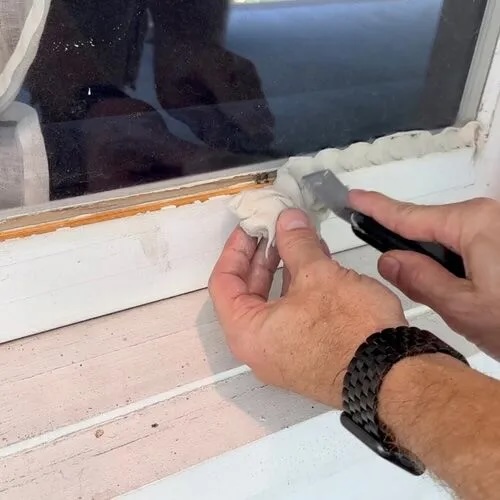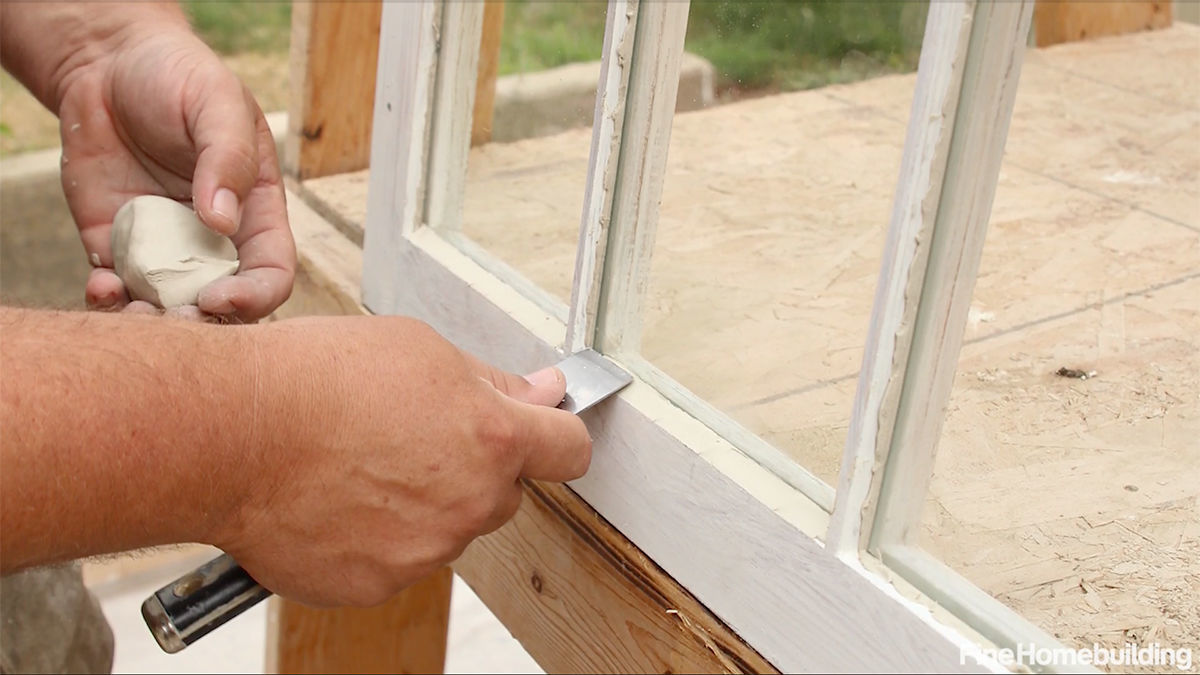The 10 Most Scariest Things About Storefront Glazing
Storefront Glazing: Enhancing Aesthetics and Functionality
Storefront glazing is an important element of commercial architecture, playing a vital function in how services present themselves to the public. It integrates both type and function, supplying aesthetic appeal while also ensuring energy efficiency and visibility. This article checks out the numerous kinds of storefront glazing, their advantages, factors to consider, and best practices for installation.
Understanding Storefront Glazing
Storefront glazing refers to the glass components of a building’s exterior, especially in commercial settings. It encompasses windows, glass doors, and often glass walls that make up the entrance or display screen locations of retail and other public-facing services. The choice of glazing materials can greatly affect not just the appearance of a storefront but also its total efficiency.
Types of Storefront Glazing
-
Single Glazing:
- Consists of one layer of glass.
- Generally less energy-efficient.
- Frequently used in older buildings.
-
Double Glazing:
- Features two layers of glass with an insulating area in between.
- Uses better thermal insulation and soundproofing.
- Commonly utilized in contemporary shops.
-
Triple Glazing:
- Incorporates 3 layers of glass.
- Offers optimum insulation and energy effectiveness.
- Best matched for extremely cold climates.
-
Low-E Glass:
- Coated with an unique film that reflects UV rays and decreases heat loss.
- Helps keep comfortable indoor temperature levels.
- Perfect for energy-conscious services.
-
Tempered Glass:
- Heat-treated to be stronger than standard glass.
- Shatters into little, much safer pieces when broken.
- Frequently used in high-traffic areas for included safety.
-
Laminated Glass:
- Composed of 2 or more layers of glass bonded by an interlayer.
- Provides sound insulation and improved security.
- Can be useful in areas susceptible to vandalism.
Advantages of Storefront Glazing
Storefront glazing deals various benefits to companies and structure owners, consisting of:
-
Aesthetic Appeal: A well-designed storefront boosts the visual appeal of an organization, attracting customers and enhancing brand image.
-
Natural Light: High-quality glazing can make the most of natural light, producing an enjoyable atmosphere inside the store.
-
Energy Efficiency: Advanced glazing products can significantly reduce energy consumption, leading to cost savings on cooling and heating.
-
Security and Security: Using strong and laminated glass can help protect versus burglaries and accidents.
-
Marketing Opportunities: Glazed storefronts supply outstanding presence for products and promos, boosting marketing efforts.
| Benefit | Description |
|---|---|
| Visual Appeal | Improves visual beauty of a business. |
| Natural Light | Makes the most of daytime within interiors. |
| Energy Efficiency | Decreases energy expenses through improved insulation. |
| Security and Security | Secures versus invasions and accidents. |
| Marketing Opportunities | Boosts item presence and draws clients in. |
Considerations for Choosing Storefront Glazing
When selecting the proper glazing for a storefront, several factors should be thought about:
-
Location: The geographical area and climate dictate the type of glazing needed for optimal efficiency.
-
Structure Design: The architectural design and products used in the building might influence the option of glazing.
-
Regulative Standards: Local building codes might have specific requirements regarding security and energy performance.
-
Budget: High-performance glazing options can be more expensive, but often cause long-term savings.
-
Functionality: Consider the primary function of the storefront: Is it primarily for display screen or does it also need to provide personal privacy and protection?
Best Practices for Installation
Correct installation is important to taking full advantage of the efficiency and longevity of storefront glazing. Here are some best practices:
-
Hire Experienced Professionals: Always deal with qualified glazing professionals who understand the subtleties of commercial setups.
-
Ensure Proper Sealing: Well-sealed joints avoid air and water leakages, enhancing energy efficiency.
-
Usage Quality Materials: Opt for premium glass and framing materials that withstand environmental factors.
-
Routine Maintenance: Implement a maintenance schedule to tidy and inspect the glazing, guaranteeing its longevity and performance.
Often Asked Questions (FAQs)
Q1: What is the distinction between double and triple glazing?
A1: Double glazing consists of two layers of glass, while triple glazing includes 3 layers. Triple glazing offers better thermal insulation, making it more energy-efficient.
Q2: How does low-E glass work?
A2: Low-E glass has an unique finishing that reflects heat and obstructs UV rays, assisting to control indoor temperature levels and protect furnishings from sun damage.
Q3: Is tempered glass required for all storefronts?
A3: While not mandatory for all stores, tempered glass is recommended for locations where security is essential, such as entrances or high-traffic places.
Q4: Can storefront glazing effect my energy bills?
A4: Yes, the right glazing can significantly decrease cooling and heating expenses through better insulation and energy efficiency.
Q5: How typically should storefront glazing be preserved?

A5: Regular maintenance must be scheduled a minimum of once a year, however cleaning and examinations ought to be performed more often in high-traffic areas.
Storefront glazing is a necessary feature of modern commercial architecture that integrates aesthetic appeal and practical functionality. By comprehending the types of glazing offered, their benefits, and key factors to consider for choice and installation, services can make informed decisions that boost their presence, security, and overall performance. In an industry driven by very first impressions, a well-designed storefront can make all the distinction in attracting customers and standing out in a competitive market.



